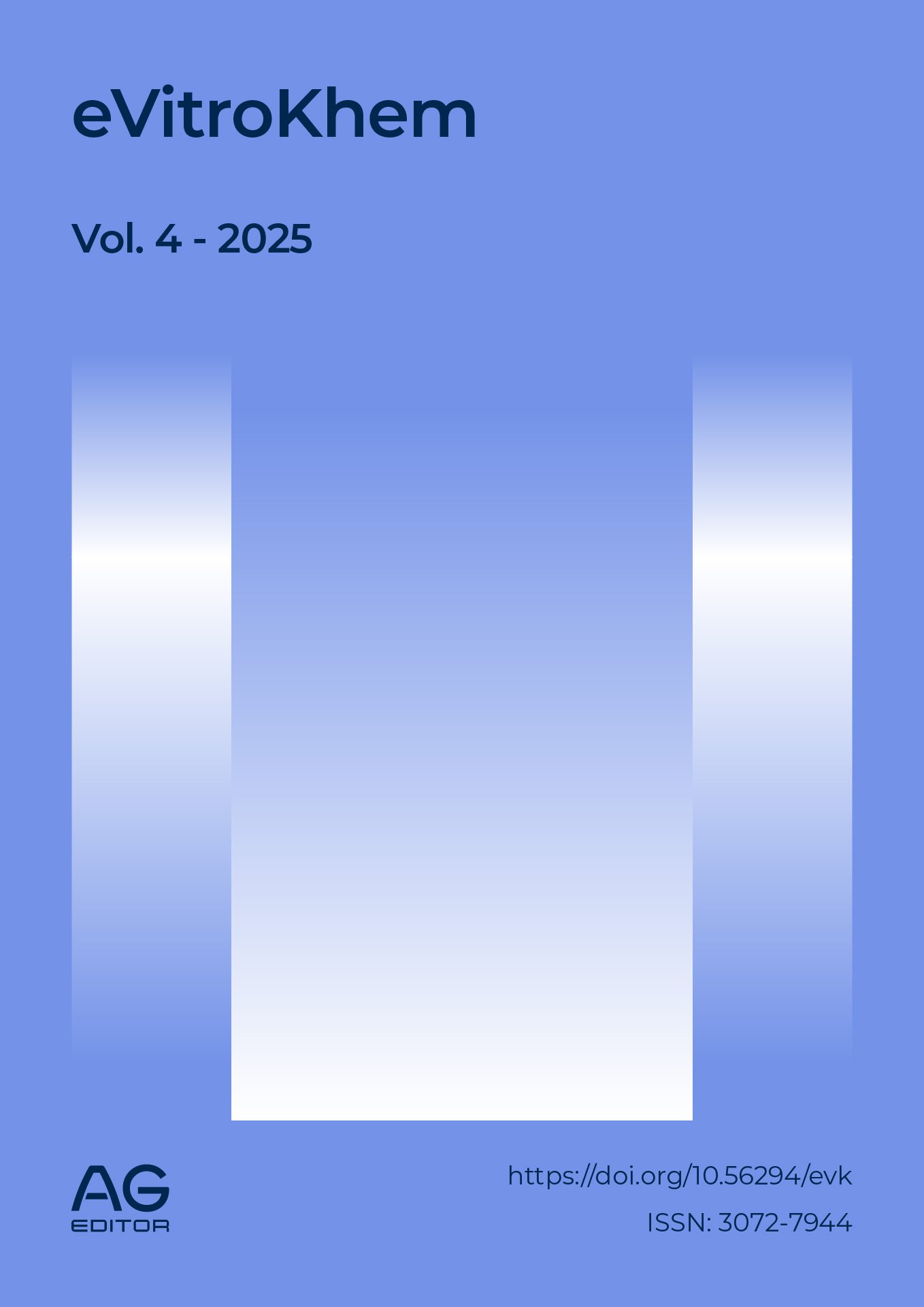Biological databases useful for epitope mapping and immune response simulation
DOI:
https://doi.org/10.56294/evk2025300Keywords:
Immunoinformatics, Vaccines, Epitopes, Antigens, Computational Biology, Vaccine DevelopmentAbstract
The application of bioinformatics has facilitated the development of subareas of science and subspecialties, such as immunoinformatics. Immunoinformatics is extremely useful in vaccine development, the prediction of potential epitopes, and the simulation of immune responses. However, this requires the availability of curated, high-quality data that has been experimentally tested and validated. This study describes databases that are useful in epitope mapping and immune response simulation. The Immune Epitope Database and Analysis Resource, Universal Protein Resource, and Protein Data Bank are three such databases that are relevant for the use of immunoinformatics tools in epitope mapping and immune response simulation. These databases, together with others, whether general or specialized, form part of the biological data ecosystem on which most immunoinformatics tools for epitope prediction and immune response simulation are built and operate. All have their advantages and limitations, so the selection of one or the other should be based on an analysis of the needs and objectives of the researcher and their projects.
References
1. Tong JC, Ren EC. Immunoinformatics: Current trends and future directions. Drug Discov Today [Internet]. julio de 2009 [citado 27 de mayo de 2025];14(13):684-9. Disponible en: https://www.ncbi.nlm.nih.gov/pmc/articles/PMC7108239/ DOI: https://doi.org/10.1016/j.drudis.2009.04.001
2. Patronov A, Doytchinova I. T-cell epitope vaccine design by immunoinformatics. Open Biol [Internet]. enero de 2013 [citado 28 de mayo de 2025];3(1):120139. Disponible en: https://www.ncbi.nlm.nih.gov/pmc/articles/PMC3603454/ DOI: https://doi.org/10.1098/rsob.120139
3. Guarra F, Colombo G. Computational Methods in Immunology and Vaccinology: Design and Development of Antibodies and Immunogens. J Chem Theory Comput [Internet]. 22 de agosto de 2023;19(16):5315-33. Disponible en: https://doi.org/10.1021/acs.jctc.3c00513 DOI: https://doi.org/10.1021/acs.jctc.3c00513
4. Vargas Aguilar AA, Fuentes Condori R, Vargas Aguilar AA, Fuentes Condori R. Estudios in Silico, Simulando Vida en un Entorno Virtual. Gaceta Médica Boliviana [Internet]. 2021 [citado 28 de mayo de 2025];44(2):278-9. Disponible en: http://www.scielo.org.bo/scielo.php?script=sci_abstract&pid=S1012-29662021000200278&lng=es&nrm=iso&tlng=es DOI: https://doi.org/10.47993/gmb.v44i2.263
5. Hood L, Rowen L. The Human Genome Project: big science transforms biology and medicine. Genome Medicine [Internet]. 13 de septiembre de 2013 [citado 28 de mayo de 2025];5(9):79. Disponible en: https://doi.org/10.1186/gm483 DOI: https://doi.org/10.1186/gm483
6. Wheeler DA, Srinivasan M, Egholm M, Shen Y, Chen L, McGuire A, et al. The complete genome of an individual by massively parallel DNA sequencing. Nature [Internet]. abril de 2008 [citado 28 de mayo de 2025];452(7189):872-6. Disponible en: https://www.nature.com/articles/nature06884 DOI: https://doi.org/10.1038/nature06884
7. Levy S, Sutton G, Ng PC, Feuk L, Halpern AL, Walenz BP, et al. The Diploid Genome Sequence of an Individual Human. PLOS Biology [Internet]. 4 de septiembre de 2007 [citado 28 de mayo de 2025];5(10):e254. Disponible en: https://journals.plos.org/plosbiology/article?id=10.1371/journal.pbio.0050254 DOI: https://doi.org/10.1371/journal.pbio.0050254
8. Immune Epitope Database and Analysis Resource (IEDB) | NIAID: National Institute of Allergy and Infectious Diseases [Internet]. 2024 [citado 27 de mayo de 2025]. Disponible en: https://www.niaid.nih.gov/research/immune-epitope-database
9. Chun S, Muthu M, Gopal J, Paul D, Kim DH, Gansukh E, et al. The unequivocal preponderance of biocomputation in clinical virology. RSC Adv. 9 de mayo de 2018;8(31):17334-45.
10. Chun S, Muthu M, Gopal J, Paul D, Kim DH, Gansukh E, et al. The unequivocal preponderance of biocomputation in clinical virology. RSC Adv. 9 de mayo de 2018;8(31):17334-45. DOI: https://doi.org/10.1039/C8RA00888D
11. Immune Epitope Database – lji.org [Internet]. [citado 30 de mayo de 2025]. Disponible en: https://www.lji.org/research/immune-epitope-database/
12. UniProt [Internet]. [citado 30 de mayo de 2025]. UniProt. Disponible en: https://www.uniprot.org
13. EMBL-EBI. The UniProt databases | UniProt [Internet]. [citado 30 de mayo de 2025]. Disponible en: https://www.ebi.ac.uk/training/online/courses/uniprot-quick-tour/the-uniprot-databases/
14. RCSB PDB: Homepage [Internet]. [citado 30 de mayo de 2025]. Disponible en: https://www.rcsb.org/
15. Protein Data Bank [Internet]. [citado 30 de mayo de 2025]. Disponible en: https://www.ehu.eus/biofisica/juanma/rasmol/pdb.htm
Published
Issue
Section
License
Copyright (c) 2025 Adrián Alejandro Vitón Castillo, Carlos Alfredo Miló Valdés, Lidia Cecilia Pérez Acevedo (Author)

This work is licensed under a Creative Commons Attribution 4.0 International License.
The article is distributed under the Creative Commons Attribution 4.0 License. Unless otherwise stated, associated published material is distributed under the same licence.






